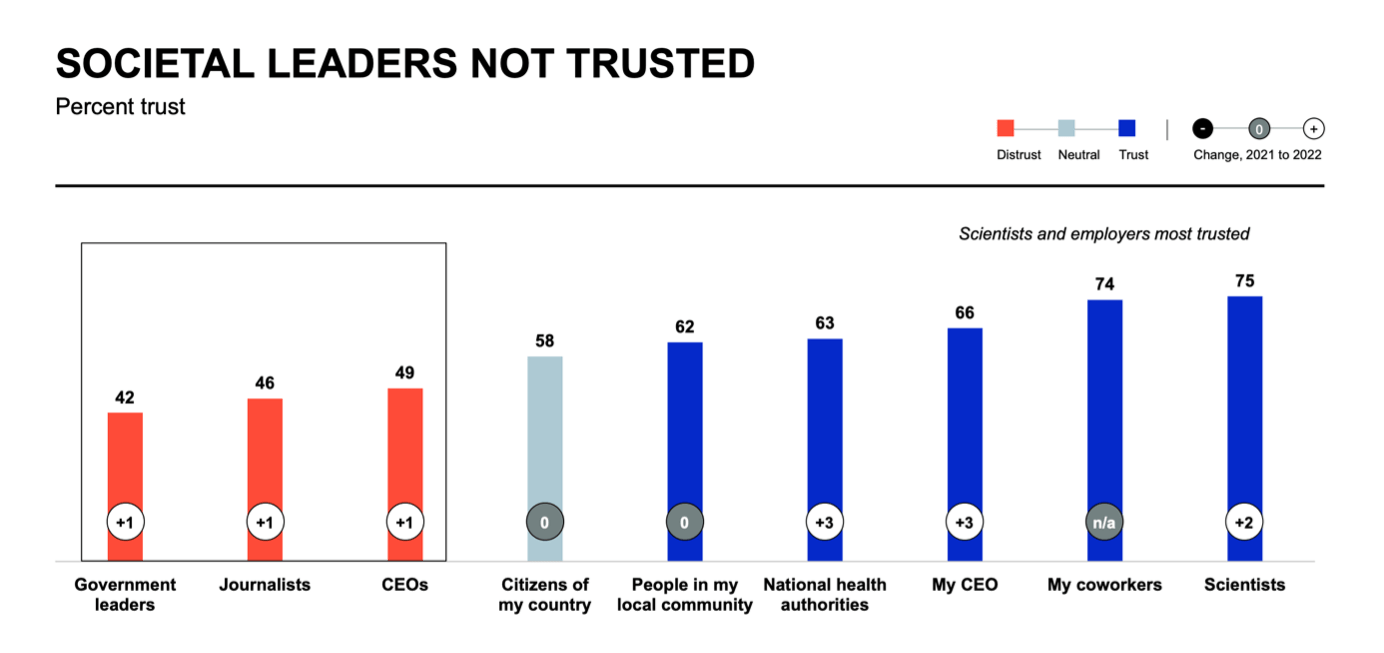Strategy, Social
•29/08/2022
Your employees are your greatest advocates. After all, they are the people who wish to see your organisation succeed the most. Encouraging and mobilising this important internal group through an employee advocacy approach can yield immense benefits for your online reach, reputation and relationships.
The term ‘employee advocacy’ simply means the promotion of an organisation by its workforce, and it’s a concept that has garnered much attention in recent years across marketing and business circles.
While employee advocacy can take place offline, for example at meetings and events, it is through social media where we can harness the benefits of that advocacy in a coordinated, strategic and measurable manner.

Illustration by Kimberly Viloria for Cultivate Communications. Contact us to enquire about commissioning illustrations and graphic design services.
For non-profits and advanced research institutes, this often means supporting employees to share positive outcomes from research or projects, knowledge products, information about key events, or other promotional materials designed to further its communication goals.
Building trust
Why is employee advocacy so effective? Fundamentally, it’s about building trust in your organisation and humanising your brand.
When it comes to the realm of scientific research, bolstering the reputation and perception of your organisation and its outputs as trustworthy and authentic is essential for uptake. Employee advocacy has been found to be uniquely placed to support these goals in both peer-reviewed and industry research.
For example, the 2022 Edelman Trust Barometer revealed that only 52% of the 36,000 respondents across 28 countries trust governments and 59% trust NGOs. Most of those surveyed also reported that they do not trust societal leaders including government leaders and CEOs.
So, who do they trust? Three quarters of people said that they do trust their co-workers and scientists.

Page 14 of the 2022 Edelman Trust Barometer. Survey respondents were asked to indicate how much they trust each group of people to “do what is right”.
The social media platform you choose to focus on for your strategy is also an important factor. LinkedIn reports that nearly two thirds of people trust the content that brands post on their platform, making it the highest of any social media channel and twice as high as Facebook.
Increasing reach and engagement
Further research by LinkedIn shows that, on average, employees collectively have social networks ten times larger than corporate brands, and their posts have double the click-through-rate of corporate posts. A big part of this high engagement rate is that employees are seen as more authentic.
Organisations who adopted an employee advocacy approach have also reported a 28% increase in message reach without having to use social media ads, and a 22% increase in employee engagement, as reported by Hootsuite.
The same study also shows that employee advocacy on social media leads to higher brand health metrics, including positive sentiment, value and share of voice. This was particularly seen among ‘mature’ organisations.
Overall, this drives increased brand awareness, more followers and increased engagement with your company social media accounts.
Attracting and retaining talent
Beyond marketing and communication goals, research has shown that employee advocacy also helps improve human capital, including attracting and recruiting highly skilled talent.
Employee referrals are reported as the most credible sources of information, and organisations with successful advocacy programs in place are 50% more likely to attract talent and 20% more likely to retain employees.
Is it right for you?
While the benefits have been proven, there a number of questions you should ask yourself when deciding whether to implement an employee advocacy approach:
Are our employees happy and willing to promote the organisation?
It should go without saying that mobilising your employees as advocates for your brand depends on having a positive workplace environment with a happy and motivated team. Before you commence, take a moment to reflect on your internal situation and make sure your team is in a good place to support you online. If the answer is no, you may first wish to focus on creating an engaged workplace culture and improving internal communication. You can read more about this here.
What do we aim to achieve through employee advocacy?
Clearly define the goals and objectives for your program. Be realistic depending on your workplace culture, the size of your team and the internal interest in participating. Ensure that your goals align with and support your broader communication goals.
Do I have the time and resources to implement this?
A successful and sustainable program requires a level of investment in terms of human and financial resources to prepare guidelines and policies, coordinate activities, develop social media materials, engage with communications and gather and evaluate metrics.
There’s a lot to unpack around employee advocacy.
When done right, it can generate impressive results for your organisation’s reach, impact and reputation among important online audiences.

